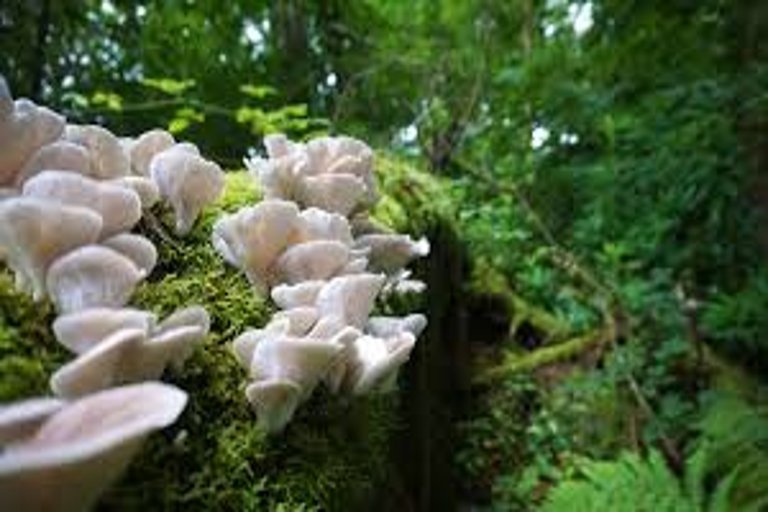Food & Flavour
Inside the Growing Trend of Forest-to-Table Dining in Alberta
Local chefs are exploring Alberta’s natural bounty with forest-to-table concepts that source wild mushrooms, berries, and herbs from nearby woodlands.
By Chloe Desjardins | 2025-09-25 18:33

Deep in the woodlands of Alberta, a new culinary movement is quietly taking root: forest-to-table dining. More than a trend, this approach emphasizes sustainability, foraging, and reconnecting with the natural environment. Several Calgary-based chefs are leading the charge, venturing beyond traditional markets to source ingredients like wild mushrooms, spruce tips, edible flowers, and heritage herbs.
At the forefront is Chef Daniel Lim, whose pop-up dinners are held in secluded forest clearings outside Bragg Creek. Guests arrive by foot, guided along marked trails to an open-air table where courses unfold slowly, dictated by what nature has provided that week. “We only serve what we can ethically and safely forage,” says Lim. “The forest decides the menu.”
Lim and other chefs working in this style must complete training in wild plant identification and food safety. Mistaking a false morel for an edible one, for instance, can be toxic. As a result, many collaborate with local botanists or Indigenous knowledge keepers to ensure their foraging practices are both safe and respectful.
Beyond ingredients, forest-to-table dining focuses heavily on presentation and atmosphere. Meals are often served on cedar planks, with natural stoneware and lighting provided by lanterns or small bonfires. Guests are encouraged to unplug, listen to the forest sounds, and experience each dish as part of a larger ecological story.
This dining style is also gaining traction in urban settings. Restaurants in Calgary such as Moss & Stone and Terra Modern are adapting forest-to-table principles indoors by sourcing seasonal, foraged ingredients and designing interiors with forest-inspired aesthetics. These establishments often highlight which components were wild-harvested and where.
Sustainability advocates are applauding the forest-to-table movement as a viable alternative to industrialized food chains. By reducing transportation emissions and emphasizing biodiversity, chefs are showing how fine dining can align with environmental values. Some are even teaching workshops on responsible foraging to spread awareness.
As Albertans become more adventurous with their palates and environmentally conscious in their choices, forest-to-table dining continues to flourish. It's not just about novelty—it’s about honoring the land in the most intimate and flavorful way possible. In a province known for its rugged beauty, the forest is becoming a table worth sitting at.